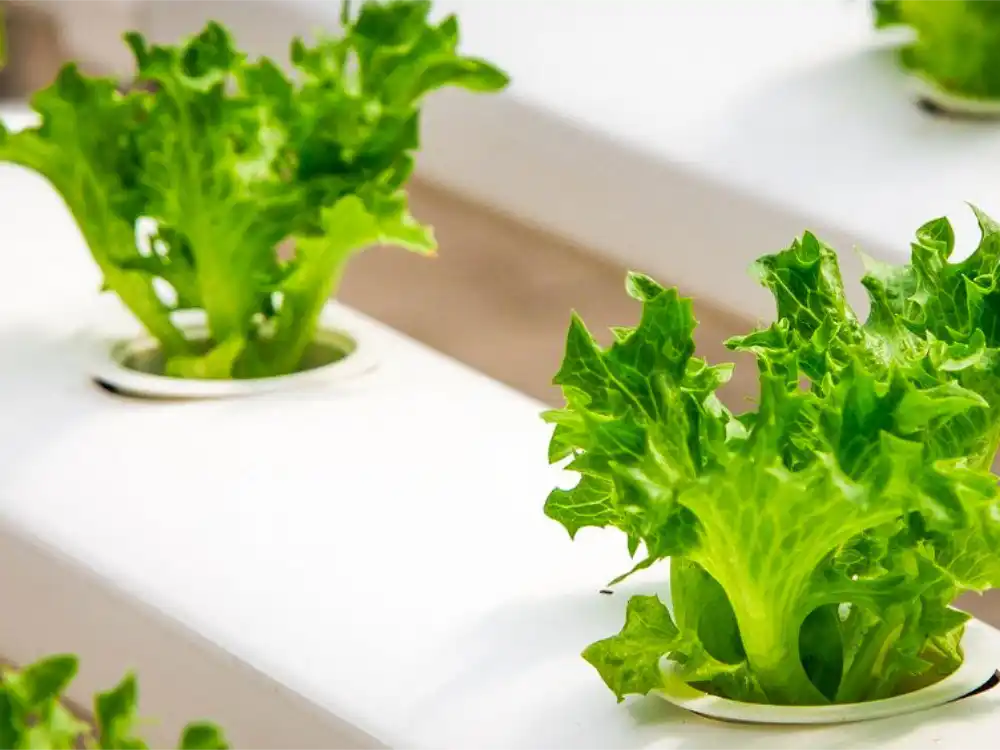When it comes to growing pepper plants, one of the most important factors to consider is the type of soil they will be planted in. Clay soil, with its dense and compact nature, can pose some challenges for plant growth. However, with the right techniques and care, it is possible to successfully grow pepper plants in clay soil.
The Challenges of Clay Soil
Clay soil is known for its heavy texture and poor drainage. It tends to retain water for longer periods, which can lead to waterlogged roots and the development of fungal diseases. Additionally, the compact nature of clay soil can make it difficult for plant roots to penetrate and access necessary nutrients.
These challenges can be particularly problematic for pepper plants, which prefer well-draining soil and a consistent moisture level. However, with some adjustments and amendments, you can create a suitable environment for your pepper plants to thrive.
Preparing Clay Soil for Pepper Plants
Before planting your pepper plants in clay soil, it is crucial to prepare the soil properly. Here are some steps you can take to improve the soil structure and drainage:
- Amend the soil: Incorporate organic matter such as compost or well-rotted manure into the clay soil. This will help improve its structure, making it more friable and allowing for better drainage.
- Add sand: Mixing coarse sand into the clay soil can help improve its drainage capabilities. However, be cautious not to add too much sand, as it can lead to the soil becoming excessively sandy.
- Consider raised beds: Creating raised beds filled with a mixture of compost, topsoil, and sand can provide an ideal growing environment for pepper plants. Raised beds allow for better drainage and control over soil conditions.
Caring for Pepper Plants in Clay Soil
Once you have prepared the clay soil for planting, it is essential to provide proper care to your pepper plants to ensure their growth and productivity:
- Watering: While clay soil tends to retain moisture, it is crucial not to overwater your pepper plants. Monitor the soil moisture levels and water only when the top inch of soil feels dry. Avoid waterlogging, as it can lead to root rot.
- Mulching: Apply a layer of organic mulch, such as straw or wood chips, around the base of your pepper plants. Mulch helps retain moisture, regulate soil temperature, and suppress weeds.
- Fertilizing: Clay soil may have a lower nutrient content, so it is important to provide regular fertilization to your pepper plants. Use a balanced organic fertilizer or incorporate slow-release granules into the soil before planting.
- Pruning and supporting: Pepper plants can benefit from pruning and supporting to promote better air circulation and prevent branches from breaking under the weight of the fruit. Use stakes or cages to support the plants as they grow.
Choosing the Right Pepper Varieties
When growing pepper plants in clay soil, selecting the appropriate pepper varieties can make a significant difference in their success. Some pepper varieties are more tolerant of heavy soils and can thrive in clay conditions. Look for varieties that are known for their adaptability and resistance to diseases.
Examples of pepper varieties that tend to perform well in clay soil include:
- Cajun Belle
- Jalapeno
- Anaheim
- Poblano
- Banana Pepper
By choosing the right pepper varieties and implementing the necessary soil amendments and care practices, you can successfully grow pepper plants in clay soil. Remember to monitor the moisture levels, provide adequate drainage, and create a favorable environment for your pepper plants to thrive. With patience and proper care, you’ll be rewarded with a bountiful harvest of delicious peppers.


